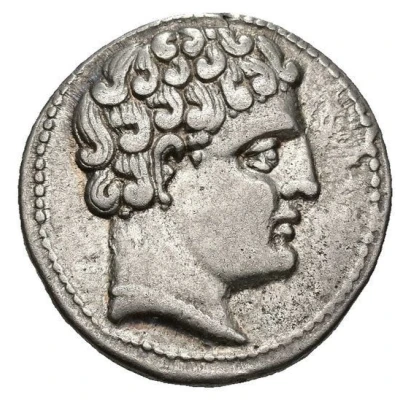


© Jesús Vico S.A.
Unit 195 BC - 170 BC
| Silver | 4.2 g | 18 mm |
| Issuer | Cessetani people |
|---|---|
| Type | Standard circulation coin |
| Years | 195 BC - 170 BC |
| Value | 1 Denarius |
| Currency | Unit (after 211 BC) |
| Composition | Silver |
| Weight | 4.2 g |
| Diameter | 18 mm |
| Shape | Round (irregular) |
| Technique | Hammered |
| Demonetized | Yes |
| Updated | 2024-10-10 |
| Numista | N#334333 |
|---|---|
| Rarity index | 97% |
Reverse
Two horses galloping right, the nearer with rider holding palm
Script: Iberian (Levantine)
Comment
Reverse inscription:"KeSE" written from left to right in Northeastern (Levantine) Iberian script.
Interesting fact
The Cessetani people were a tribe that lived in what is now modern-day Spain, and their silver coins were used as a form of currency during their time. One interesting fact about these coins is that they featured a unique design, with a stylized image of a wild boar on one side and a celestial body, such as a sun or a moon, on the other. This design was a symbol of the tribe's connection to nature and their belief in the power of the natural world.